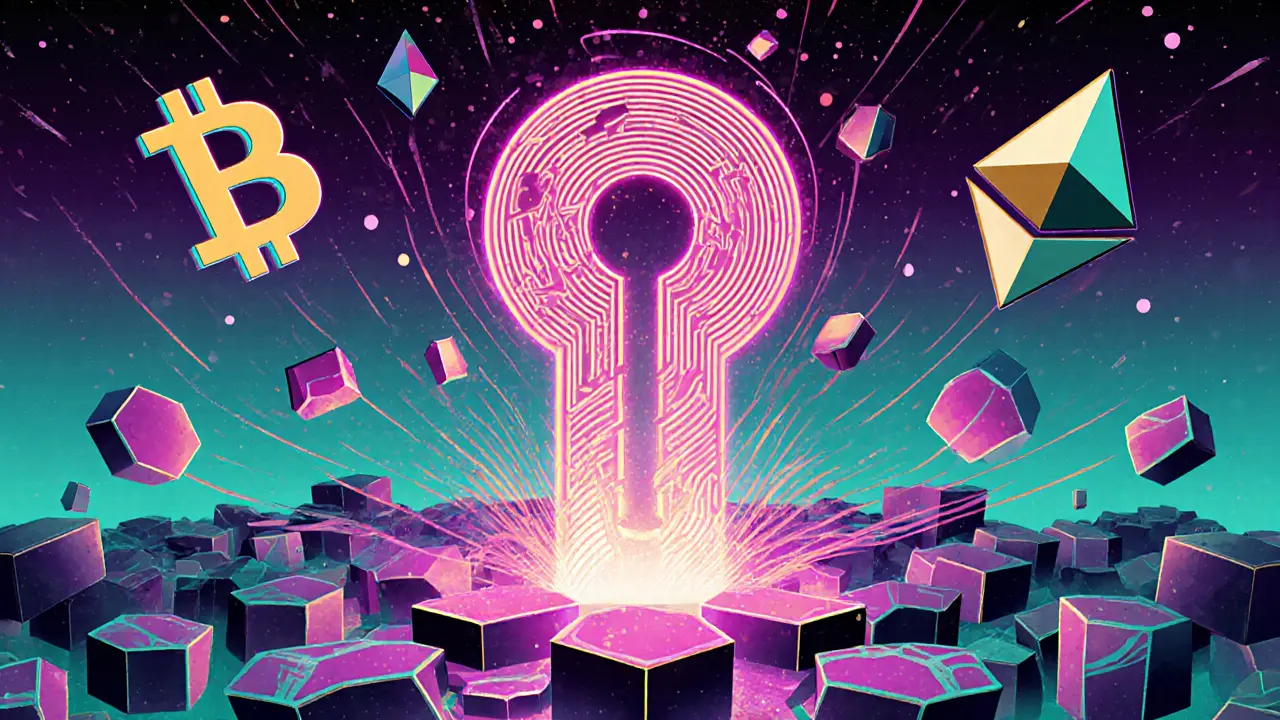Digital Signature: How It Secures Crypto, Contracts, and Identity
When you send Bitcoin or sign a smart contract, you’re not just clicking a button—you’re using a digital signature, a cryptographic proof that ties a message or transaction to a specific person or wallet. Also known as electronic signature, it’s the backbone of trust in blockchain systems—no middleman needed. Without it, anyone could fake a transaction, steal your assets, or pretend to be someone else on-chain.
Every digital signature, a cryptographic proof that ties a message or transaction to a specific person or wallet. Also known as electronic signature, it’s the backbone of trust in blockchain systems—no middleman needed. Without it, anyone could fake a transaction, steal your assets, or pretend to be someone else on-chain.
Here’s how it actually works: you have a private key—only you know it—and a public key—everyone can see it. When you sign something, your private key creates a unique code based on the data and your key. Anyone can check that code using your public key and confirm it’s real, but no one can reverse-engineer your private key from it. That’s why losing your seed phrase is like losing the only copy of your digital identity. It’s not just a backup—it’s your signature.
This isn’t just for crypto. public key infrastructure, the system that manages digital keys and certificates to verify identities. Also known as PKI, it’s what makes secure websites, government IDs, and legal e-signatures work is the same system behind crypto wallets. The EU’s MiCA rules require exchanges to use digital signatures for user authentication. OFAC sanctions rely on them to trace blocked wallets. Even tokenized real-world assets like property or bonds need signed transactions to prove ownership.
And when it fails? That’s when scams thrive. Fake airdrops like HyperGraph (HGT) or HaloDAO’s RNBW often trick people into signing malicious transactions—giving away access to their wallet. A digital signature doesn’t mean "I approve this idea," it means "I authorize this exact data to be recorded on the blockchain." If you sign a random link or a fake contract, you’re not getting free tokens—you’re handing over control.
That’s why wallet security guides, AML compliance checks, and exchange reviews all circle back to this one thing: if your signature isn’t secure, nothing else matters. Cold storage, multisig wallets, and seed phrase backups? They’re all about protecting the key that makes your signature valid.
Below, you’ll find real-world examples of how digital signatures shape everything from crypto regulations in Qatar to compliance rules in the EU, from failed tokens to legitimate tokenized assets. No theory. No fluff. Just what works—and what gets you hacked.
How to Create a Digital Signature for Crypto Transactions: A Step-by-Step Guide
Learn how digital signatures secure crypto transactions using ECDSA, private keys, and SHA-256 hashing. Avoid common mistakes and use trusted libraries to keep your funds safe on Bitcoin, Ethereum, and other blockchains.
